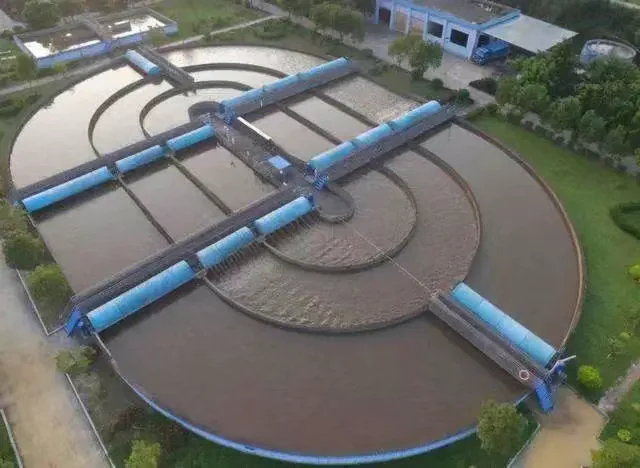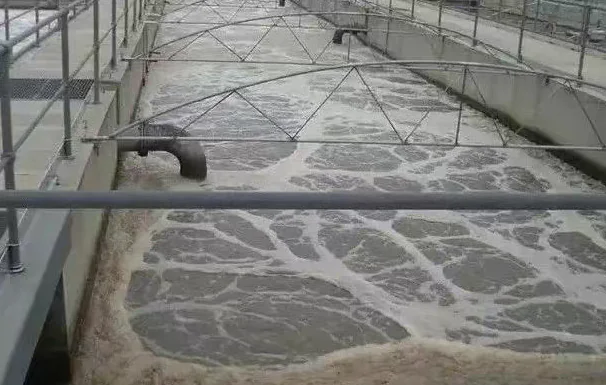With the global water treatment market expanding, efficient phosphorus removal has become a core concern for both industries and municipal plants.
⚡ Thanks to simple operation and stable results, chemical phosphorus removal is widely applied in industrial and municipal wastewater treatment.
This article provides a complete guide to common coagulants used in chemical phosphorus removal, helping engineers choose the right agent and boost performance.

1️⃣ Biological vs. Chemical Phosphorus Removal
- Biological P removal → Relies on phosphorus-accumulating organisms (PAOs) that absorb phosphorus in anaerobic–aerobic cycles, then remove it via waste sludge.
- Chemical P removal → Dosing of aluminum or iron salts reacts with orthophosphate (PO₄³⁻) to form insoluble precipitates, removed through sedimentation or flotation.
⚠️ Note: Chemical methods only remove orthophosphate. Organic or polyphosphate forms must first be oxidized into orthophosphate before chemical precipitation.
2️⃣ Types of Chemical Coagulants for Phosphorus Removal
🧪 (A) Aluminum-based Coagulants
- PAC (Polyaluminum Chloride) → Common (26%, 28%, 30% grades). Higher concentration = higher P-removal efficiency. Widely used in municipal & industrial systems.
- PAFC (Polyaluminum Ferric Chloride) → Combines benefits of Al + Fe salts. Faster sedimentation, higher performance.
- Aluminum Sulfate (Al₂(SO₄)₃) → Stable but higher cost. Suitable for high-quality effluent systems.
🧪 (B) Iron-based Coagulants
- PFS (Polyferric Sulfate) → Widely applied. Cost-effective, removes both phosphorus & COD.
- Ferrous Sulfate (FeSO₄) → Low-cost, but requires oxidation of Fe²⁺ → Fe³⁺. Best for budget-friendly plants.
- Ferric Chloride (FeCl₃) → Strong performance but classified as hazardous. Storage & transport risks. Used in special or emergency cases.
🧪 (C) Lime (Ca(OH)₂)
- Highly effective in precipitating phosphate.
- Advantages: Very low cost.
- Disadvantages: Requires large dosing, produces excessive sludge → higher disposal cost.
- Best for cases prioritizing economy over sludge volume.
3️⃣ PAM as a Flocculation Aid
After Al/Fe salts produce precipitates, PAM (Polyacrylamide) is used to strengthen flocculation.
- Anionic & cationic PAM available.
- Benefits:
- Enhances particle flocculation
- Improves sedimentation speed
- Captures Fe/Al hydroxide colloids
- Results in clearer effluent ✨

4️⃣ Correct Dosing Strategy: “Lab Test First”
Since phosphorus forms and concentrations vary in influence:
- Always perform jar test before full-scale dosing.
- Optimize dose, pH, and mixing time.
- Prevent overdosing (cost waste) or underdosing (poor results).
📝 Conclusion
Chemical phosphorus removal is an essential process in modern wastewater treatment.
Whether you choose PAC, PFS, or PAM, success depends on:
- ✅ Proper agent selection
- ✅ Accurate dosing
- ✅ Balanced combination strategy
Only through scientific control can plants achieve stable operation and compliant discharge.
